The past two decades have not been kind to the Hashemite Kingdom of Jordan. One of America’s staunchest allies in the Middle East, Jordan’s situation is dire. [Part 1 of a 3 part series]
Trapped in the role of pawn in a game of geostrategic chess, Jordan stands as a political and military buffer in a region with little stability. Compounding its dilemma, the region’s security deterioration is quickly overflowing into Jordan. The ongoing civil war in Syria, coupled with Iraq’s instability, has led to a mounting refugee crisis. The competing royal house of Saud appears to be pushing for war with Iran.
Then there’s America. Jordan’s longest standing ally has become a faltering giant faced with the emergence of Russia and China as regional powerhouses.
Despite stout-hearted sacrifices by Jordan’s military and intelligence agencies to stymie the tides, these developments, coupled with escalating domestic challenges, have become overwhelming. The situation is rapidly spinning out of control.
Yet, in the face of these obstacles, the most dangerous is the loss of hope and future prospects for a growing number of young adults in Jordan and the region at large.
July 2018 – Welcome to Amman
“Welcome to Jordan!” shouted Ahmed.
A fifty-something Uber driver, Ahmed would say this not once, not twice, but three times during the thirty minute ride from Queen Alia International Airport to Jabal l’Webdeih. This Pavlovian cry is generally that of an older generation of Jordanians when forced to interact with foreigners they have little to nothing in common with. It stems from the long-standing tourism campaign begun back in the mid-90s under King Hussein, the previous king and father of the current King Abdullah II. Among younger generations and expats alike, this phrase has become a cynical catch-all for corruption, ineptitude and the stagnation of Jordanian society.
I had just returned from a trip to Cairo on behalf of a British energy consortium interested in entering the quickly expanding Egyptian solar power market. While there, I had the fortune to mingle amongst the various echelons of Egyptian society, indulging in the latest gossip. This time all I left with was an enormous headache and a treasure trove of useless information. Who needs Turkish soap operas when you have real-life Arab high society?
The most common method of entering Jordan is by air, meaning that one is likely to fly into Queen Alia International (AMM), the country’s main and largest airport. Named after the late Queen Alia Touqan, it is located some 20 miles south of the capital. While it is rumoured that King Hussein had a bit of a playboy reputation, he would refer to Queen Alia as his first true love.
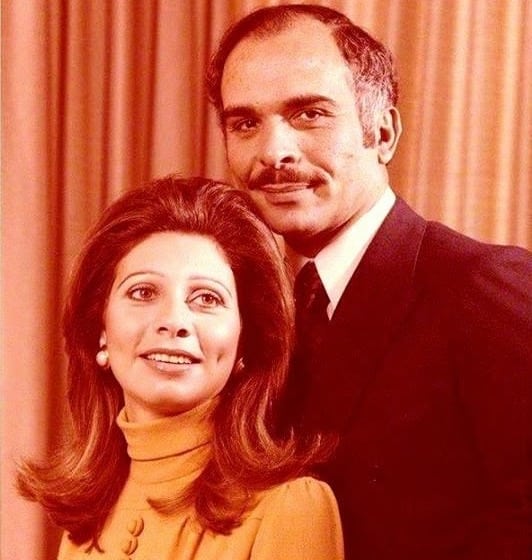
The Queen was an Egyptian-born Palestinian, daughter of Sayyid Baha ud-Din Touqan, Jordan’s first United Nations ambassador and close friend to King Hussein. Sadly, she would die in a helicopter crash on February 9th, 1977 while returning from a trip to Tafileh Hospital in southern Jordan. She had visited the hospital after reading letters from patients complaining of poor conditions. It was said that King Hussein had objected to her traveling there as inclement weather made it too dangerous to fly.
The King was reportedly inconsolable after her death, and it would take years before his depression lifted. With both King Hussein and his beloved queen having shared a lifelong passion for aviation, he insisted from day one that the new international airport be named after her.
Opened in 1983, for awhile it was one of the first experiences a Western Private Military Contractor (PMC) or intelligence officer would see as they arrived to the Levant for work. By 2007 the airport was significantly over capacity and in increasingly poor shape, prompting the government to order that a new one be built.
At 2205 hours, on March 20th, 2013, a Dubai-bound FlyDubai flight taxied out from the old terminal building. As it did so, the terminal lights were turned off and all operations seized. It was the end of an era.
I liked the old airport terminal building and miss it to this day. It had a charm and personality that one rarely finds in present-day international travel. Now, arriving at Queen Alia International feels like being anywhere but the Levant. A mesh of very little boxes made out of ticky-tacky. A very “Dubai” International Airport.
The new airport had opened just as the Jordanian tourism industry was in steep decline. Since 2011, Jordan has seen a 72 per cent drop in tourism. Except for a brief 2016-2017 increase the numbers are yet to stabilise.
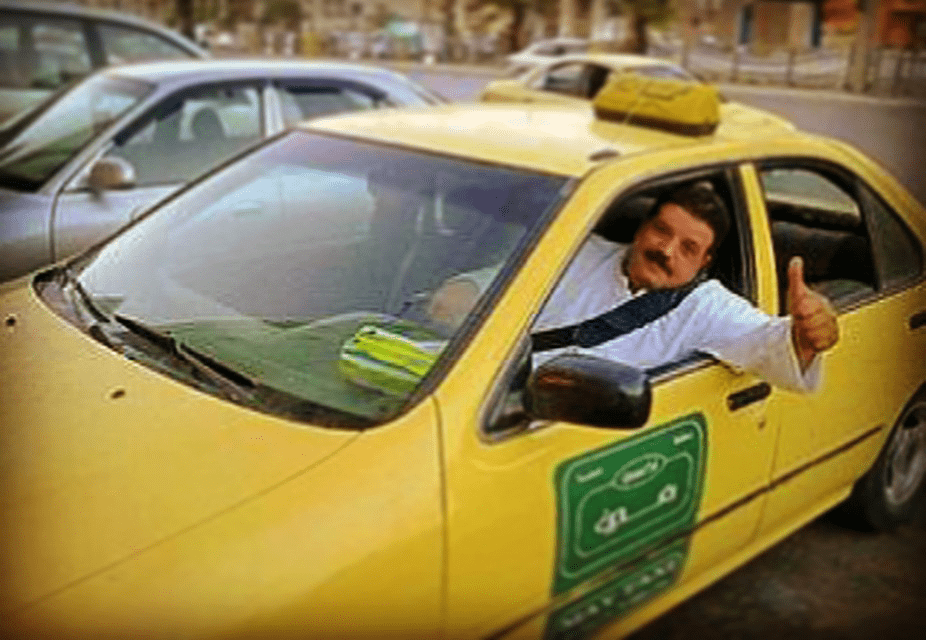
Ahmed the Uber driver weaved in and out of traffic, seamlessly, effortlessly. Soon the three-lane highway turned into a four lane highway, then a five-lane highway. Not by design, but by the sheer will and mutinousness of its motorists. Jordanians somehow make it possible for two vehicles to exist not just in the same lane, but in the same space and time, defying the very laws of physics. Or at least, that’s the theory. It does fail at times, in spectacular fashion, to become examples in the implementation of impacted matter.
Our journey took us through the Abdoun district, one of the more affluent areas in Amman and with only a handful of minutes remaining before we reached my apartment, I decided to switch the conversation over to Arabic. Ahmed quickly shifted from welcoming me to Jordan, to lamenting the fact that his twenty-something son, a recent graduate electrical engineer could not find suitable employment.
Now the hope was, for both father and son, that the son would be able to flee to the West, preferably America. He would become part of the brain drain that prevails in the region. A familiar story told to expats across the region whenever one attempts to socialise with an Uber or Careem driver.
The Dystopia of the Levant
“We always say Jordan is not rich in natural resources – we don’t have oil or gas like some of our neighbours do – but I think in terms of human resources, we are quite lucky and we are really trying to foster an environment of innovation and technology. I think Jordan will emerge as a center of innovation in the Middle East.”
– Queen Rania of Jordan
No region in the world has been through trial by fire as the Levant has in the last two decades. Foreign invasions, sectarian strife, uprisings, raging from Beirut to Damascus to Baghdad all the way to Jerusalem, the world can do little but watch as the Levant is yet again defined and defiled by conflict. Even the relatively stable Jordan has seen its unfair share.
The Levant has seen itself lose much of its unique cultural, religious and ethnic diversity, along with a rich archaeological history and exceptional human potential. Billions of dollars in prospective economic growth have been disrupted. All this has wreaked havoc upon the region for generations to come.
The geopolitical disaster that was the 2003 U.S.-led incursion into Iraq did not just unseat a cruel dictator. Its reverberations became a watershed event for tens of millions living in the region’s five states and territories. Foreign meddling in local and regional affairs resulted in a catastrophic series of turbulent events: the flare-up of longstanding and delicately suppressed sectarian rifts; the waning power of central governments; the massive usurpation of national wealth; the re-emergence of political Islam in the form of armed jihad; the displacement of millions; and a tragic string of civil wars that can only be described as humanitarian disasters have plagued the region.
Ultimately, these events would lead to the Arab Spring, which in turn led to the Shi’a and Sunni cataclysm that would see the emergence of the Islamic State, and the resurgence of other Sunni Salafist movements.
The societies of Iraq and Syria were directly consumed by the turmoil and will take generations to recover. Other nations, such as Jordan and Lebanon went from having potent and growing economies with feasible democratic notions, to becoming fragile states with dubious futures. These nations were forced to take in vast amounts of immigrants, and to alter their political course to befit the renewed realities of what was happening near their borders.
![IMage [SYRIAN MEN MAKE THEIR WAY THROUGH THE RUBBLE OF DESTROYED BUILDINGS FOLLOWING AN AIR STRIKE IN ALEPPO, SEPTEMBER 11, 2016. (PHOTO: AMEER ALHALBI / AFP)]](https://limacharlienews.com/wp-content/uploads/2017/10/636163550717715146-853802545_gty_syria_children_14_jc_160912.jpg)
In the most recent ASDA’A Burston-Marsteller Arab Youth Survey it was found that the outlook for the future was increasingly bleak. Eighty-six per cent of the youth queried believed that the Levant is going in the overall wrong direction. This number stands in stark contrast with forty-six per cent in North Africa, and only seven per cent in the Arab Gulf-states. In essence, when compared to the neighbouring youths in the Arab world, the youth of the Levant have a significantly more bitter outlook on what the future holds for them.
Amman – A walkin’ contradiction. Partly truth and partly fiction.
With evening activities about to commence, I was told by the receptionist at the Caravan Hotel that I had someone waiting for me on the veranda. As I ventured downstairs, I thought “the driver must be early, but better early than late.”
Suddenly, I was in the embrace of a big brute of a man who bore a striking resemblance to Irish actor Brendan Gleeson (minus the potato nose and red hair). One of my oldest and dearest friends, who I will refer to by the nom de guerre “The Consultant” (to protect him from himself), had decided to surprise me. We had not seen each other since one particularly boozy evening at the infamous Library restaurant in Amman the previous year, the subject of a Lima Charlie News piece.
It was evident he had been on the road for weeks, if not months, living out of hotels. To call The Consultant’s appearance dishevelled would be incorrect. His hair was its usual mess going in every direction except for downwards. He had long made clear that he did not care to grow up and dress accordingly. His sense of style was slightly reminiscent of American political strategist Steve Bannon, with better skin but worse hair. Somehow he mostly got away with it.
“I think its wrong, only one company making the board game Monopoly.”
That was his way of greeting people. Making bad jokes. I’m sure he would argue it’s all part of some field-tested psychological warfare tactic. But I think deep down he just likes making bad (or “dad”) jokes.
I had been in the country as part of a research group to discuss armament trafficking in the region and the resulting impacts on Jordan. As it turned out my old friend The Consultant was in town as well, though for unrelated reasons, so he claimed.
“Let me buy you dinner, there are friends that I would like you to meet,” he said. “But first, let’s have a drink.”
Of course, The Consultant had a flask of Jameson whiskey on his person. This to facilitate a long-standing tradition amongst us – a shot to start the day, the meal, the evening, or just to go to bed. The applied difference in the ritual, however, being that The Consultant usually had a Modafinil or similar medically uplifting chaser with his.
“You’re still trying to avoid sleep?” I asked while refusing the offer of a chaser of my own.
“Who isn’t? Who has the time? I’ll sleep on the flight out of here tomorrow,” he answered in a customary flippant display of arrogance.
I had known him since 2003, rarely having seen him sober on more than a handful of occasions when he was not working. He appeared perfectly able to cope without medical assistance, but also seemed to favour the extra edge that Ritalin, Adderall, and similar hair of the dogs offered.
I seem only to do worse whenever I try that angle. Particularly as I grow older. Sleep is elusive enough as it is, and I have little desire to avoid it if it presents itself.
Jordan has a strange, haunting beauty and a sense of timelessness. Dotted with the ruins of empires once great, it is the last resort of yesterday in the world of tomorrow. I love every inch of it.
– King Hussein of Jordan
The Middle Child of Empires Long Gone
The modern-day configuration of the Hashemite Kingdom of Jordan, along with the Levant region at large, is a direct result of age old Western imperial ambitions that took little notice of local tribal lines or environmental conditions, leading to the creation of a series of fundamentally fragile nation states. This situation was amplified by the Franco-Anglo Sykes-Picot agreement of 1919. This was in no small part intentional, as the imperial powers of the time wanted to ensure regional dependencies on them.
This has led to a series of military campaigns by and between various Arab States, which in turn has helped fuel continual militancies that at times challenge standing states, and are a global security threat. Despite these conditions, Jordan has largely been able to use its geographic location as the Middle Kingdom of the Middle East to its advantage, even prospering from it.
The present stability of the Jordanian Kingdom is due in no small part to the late King Hussein.
King Hussein reigned from 1952 until his demise in 1999. During his lifetime he introduced necessary reform policies and continued the strong cult of personality required to rule in the Middle East. These policies were strongly influenced by his key advisor, John “Jack” W. O’Connell. In addition to being the King’s personal friend and principal advisor, O’Connell was also an American intelligence official, lawyer, and diplomat of merit.
Jack O’Connell had made his mark with the King while serving as chief of the Central Intelligence Agency station in Jordan from 1958 to 1971. During this period, O’Connell was instrumental in restructuring and financing the Jordanian Intelligence Directorate (GID), which was at the time operated out of the King’s office and out of his pocket. In addition to this, O’Connell helped unearth a coup d’etat in the making by high ranking Jordanian military personnel which lead to the first joint operation between the CIA and the GID.
O’Connell’s efforts did not go unnoticed. He quickly became an indispensable adviser to the King, and once he retired from the CIA, he became Hussein’s attorney and diplomatic counsellor in Washington for three decades. O’Connell was instrumental in guiding the King through the winds of change in the post-Cold War Washington landscape, helping draft a suitably apparent pro-democratic reform program for Jordan. The program included the introduction of electoral district boundaries – helping to redraw the political landscape throughout the country.
Further on, O’Connell advised King Hussein that while the United States was an ally, the King would be better served hiring retired members of the British Special Air Services (SAS) and intelligence services, as they had a better understanding and aptitude towards operating in the Middle East. This, in turn, led to the GID being largely funded by the American government through its intelligence agency, but with a strong centre crew of British influence.
![Image [John "Jack" W. O’Connell][Photo: Mark Vohwinkel]](https://limacharlienews.com/wp-content/uploads/2018/08/John-22Jack22-W.-OCONNELL-01.jpg)
While a prince, Hussein had stood next to his grandfather, Emir of Trans-Jordan, Abdullah I, at the steps of the al Aqsa Mosque in Jerusalem on July 20th, 1951 when his grandfather was assassinated. Three rounds, fired from what has been described as an old English Army issue revolver, struck the Emir. One hit the Emirs’ head, while the other two struck his chest. One of the bullets overpenetrated, exiting the body, striking Prince Hussein. While the bullet did hit the prince on the left-hand side of his chest, it failed to penetrate. Later on, Hussein would attribute his survival to a medal given to him by his grandfather, who insisted he wear it that day.
The Emir’s bodyguards would kill the regicidal assassin, a 21-year-old tailor’s apprentice named Mustafa Shukri Ashu of the Palestinian Husseini clan. In the aftermath, it was alleged that the young man had acted on orders given by a secret group operating out of Jerusalem known as The Jihad. The group is believed to have been a small group of Palestinians opposing the 1948 mandate that gave parts of Palestine to Jewish settlers and divided up Jerusalem and the West Bank in favour of the Hashemite royals. Inside Ashu’s pocket a note was found that read “Kill, thou shalt be safe” in Arabic. Ten men would come to be tried in connection with the assassination. Several escaped to Egypt.
Hussein would eventually become King of Jordan, after succeeding his father Talal bin Abdullah. He became known as the Lion of Jordan by his peers and enemies alike having survived dozens of attempts on his life, along with affiliated plots to remove his family from the throne. Even Israel had attempted to end his reign. Yet the Lion refused to go quietly into the night.[1] [2]
If you want a serious interrogation, you send a prisoner to Jordan. If you want them to be tortured, you send them to Syria. If you want someone to disappear – never to see them again – you send them to Egypt.
― Robert Baer, former CIA case officer, Middle East
To further solidify and appease the new mindset of Washington, Jack O’Connell advised King Hussein and Jordan to recognise Israel. In 1994 King Hussein became the second Arab Head of State to recognise the State of Israel.
Further on, after a thirty-year prohibition, Jordan re-legalized seemingly independent political parties. As part of those reforms, the Muslim Brotherhood – which was widely despised, feared, and often nearly hunted as vermin throughout the region’s neighbouring countries, was able to set up a legitimate political party in Jordan. The party became known as the Islamic Action Front (IAF). The guiding rule from the royal house to the emerging political parties was that the political parties existed under the dictum of Freedom under responsibility.
Working closely with King Hussein, O’Connell’s counsel ensured that the country saw the surge of seemingly independent news outlets. The King used the notion of the pro-democratic reform programs to appease the tribes and clans that make up the traditional and very real power blocs in Jordan, skillfully using these blocs to prevent any actual power shifts. By ensuring that the heads of the clans and tribes would continue to be more powerful than the political parties, he was able to secure their allegiance and control of any developments.
When the first election in Jordan was held, in 1989, the Muslim Brotherhood quickly gained a noticeable foothold inside the new political landscape – only to find the King introducing additional reforms in 1993. The 1993 reforms came just months after the country held its second general election. In part, these reforms solidified the favourable treatment and power blocs of the rural and tribal-based parts of the country, by redrawing the electoral districts in the kingdom.
The rural and tribal-ruled areas of the country were strongly in favour of King Hussein, and the rule of his family, as part of an understanding that had been in effect for decades. The moves taken ensured that the kingdom was deemed by the casual and non-cynical professional observer to be moving towards a pro-democracy approach in an expedited manner.
![Image [Jordan King Abdullah II (KHALIL MAZRAAWI / AFP)]](https://limacharlienews.com/wp-content/uploads/2018/08/King-Abdullah-II.jpg)
The King knows very well that as long as he controls the vote of the tribes and clans, he controls the pro-democracy movement as he sees fit. And as long as the royal Hashemite family of Jordan continues to exert this pragmatic sense of Machiavellian control, the pro-democracy movement matters very little in actual terms.
[Part 2: A Den of Spies and Fajitas for Dinner]
John Sjoholm, Lima Charlie News
[Edited by Anthony A. LoPresti] [Main Photo: Salah Malkawi]
John Sjoholm is Lima Charlie’s Middle East Bureau Chief, Managing Editor, and founder of the consulting firm Erudite Group. A seasoned expert on Middle East and North Africa matters, he has a background in security contracting and has served as a geopolitical advisor to regional leaders. He was educated in religion and languages in Sana’a, Yemen, and Cairo, Egypt, and has lived in the region since 2005, contributing to numerous Western-supported stabilisation projects. He currently resides in Jordan. Follow John on Twitter @JohnSjoholmLC
Sources
[1] Lion of Jordan, by Avi Shlaim, page 567, paragraph 1-6
[2] King Hussein of Jordan: A Political Life, by Nigel Ashton, page 157, paragraph 1-2; page 315, paragraph 5-8]
Part 2:
Lima Charlie provides global news, featuring insight & analysis by military veterans and service members Worldwide.
For up-to-date news, please follow us on twitter at @LimaCharlieNews
In case you missed it:

![Image Welcome to Jordan! A buffer in a region of little stability, the Hashemite Kingdom faces enormous obstacles [Lima Charlie News][Photo: Salah Malkawi]](https://limacharlienews.com/wp-content/uploads/2018/08/Welcome-to-Jordan.png)
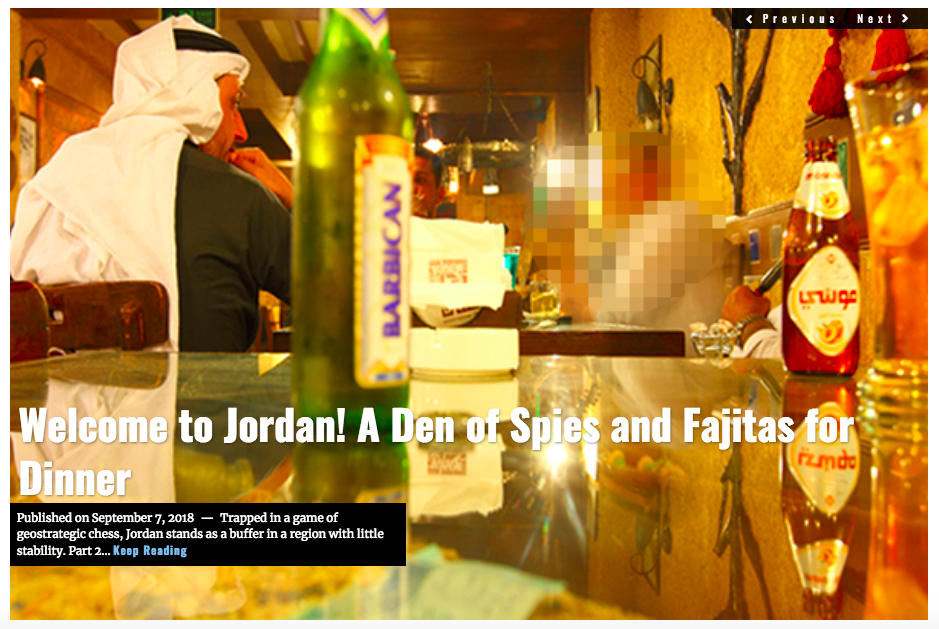
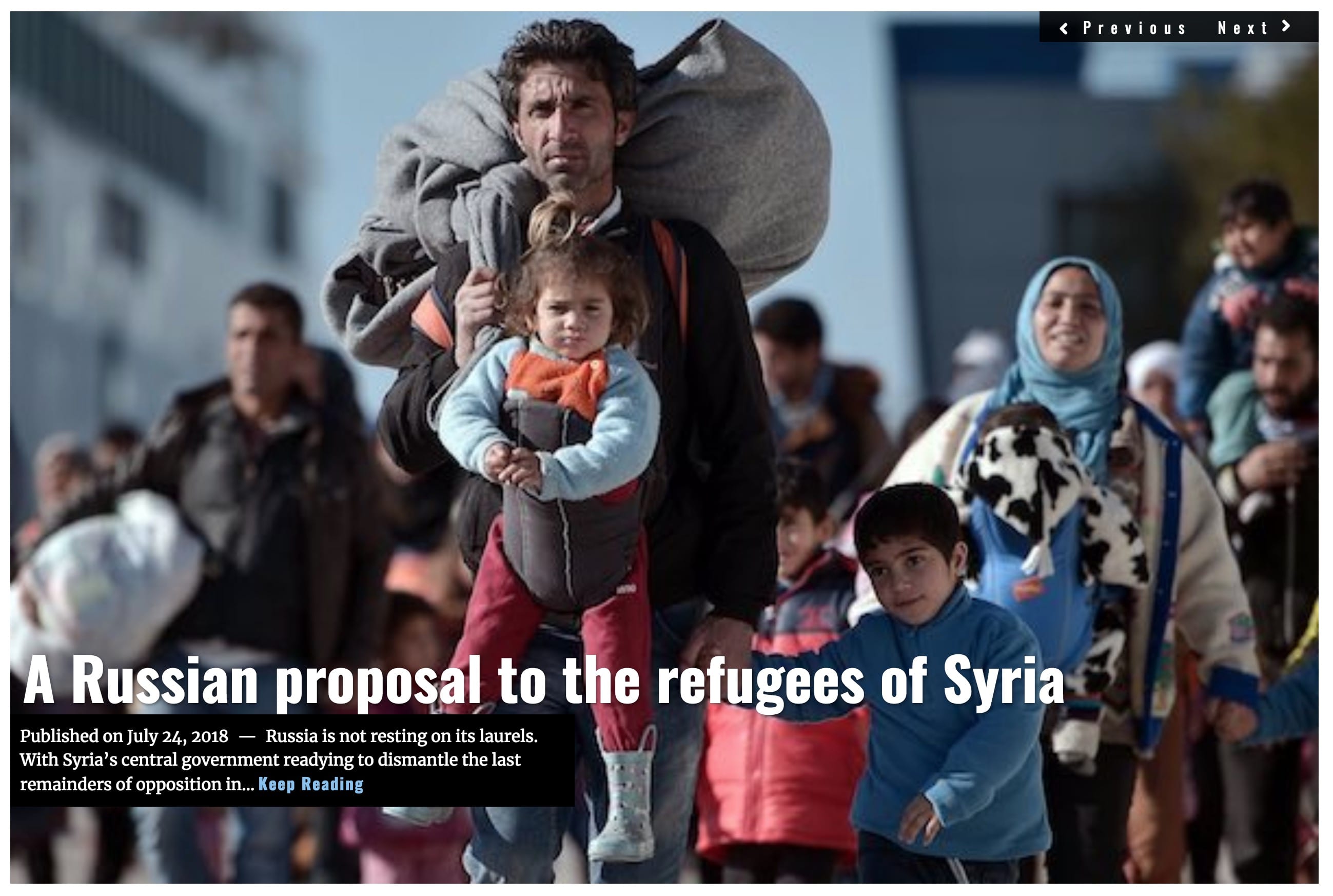
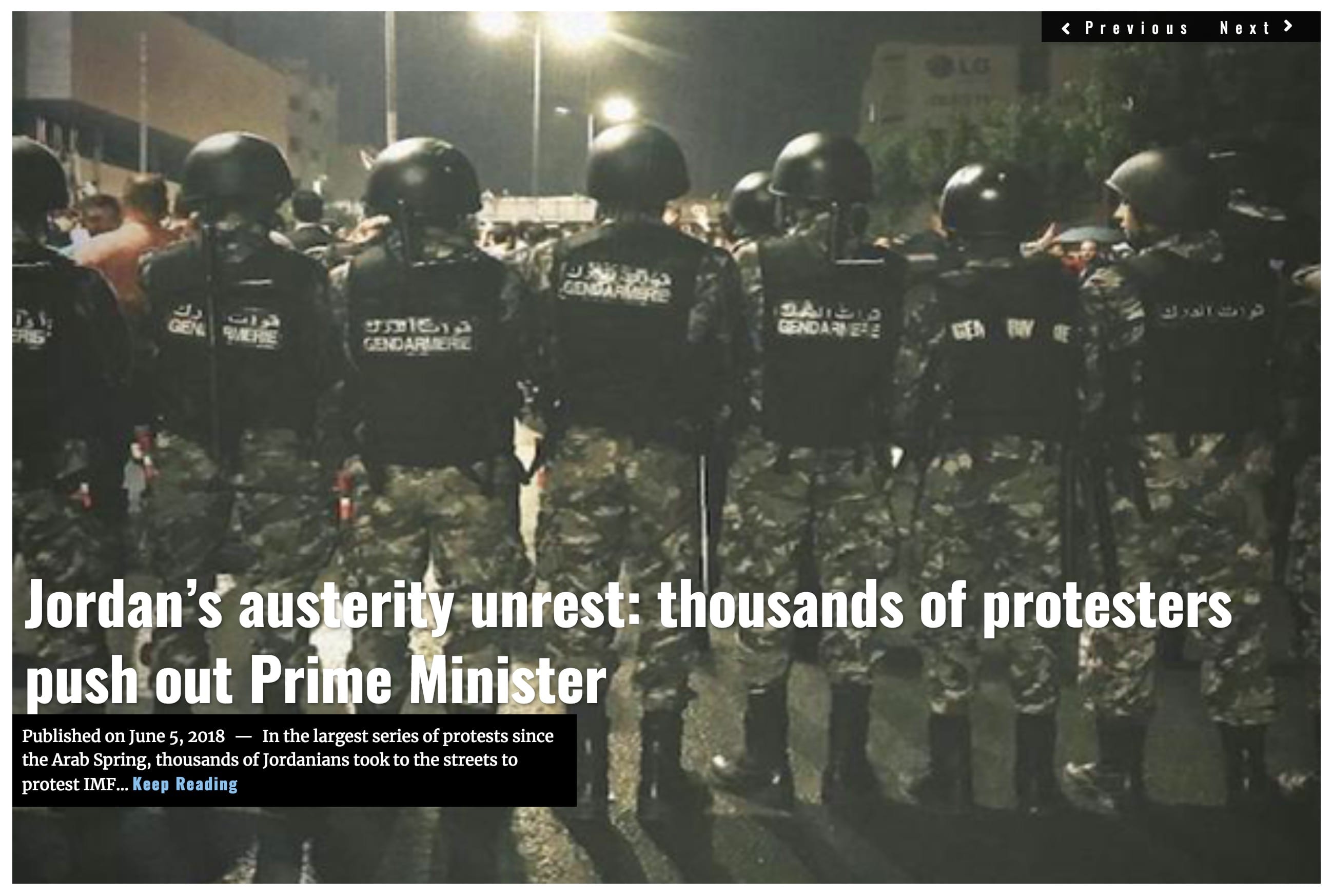
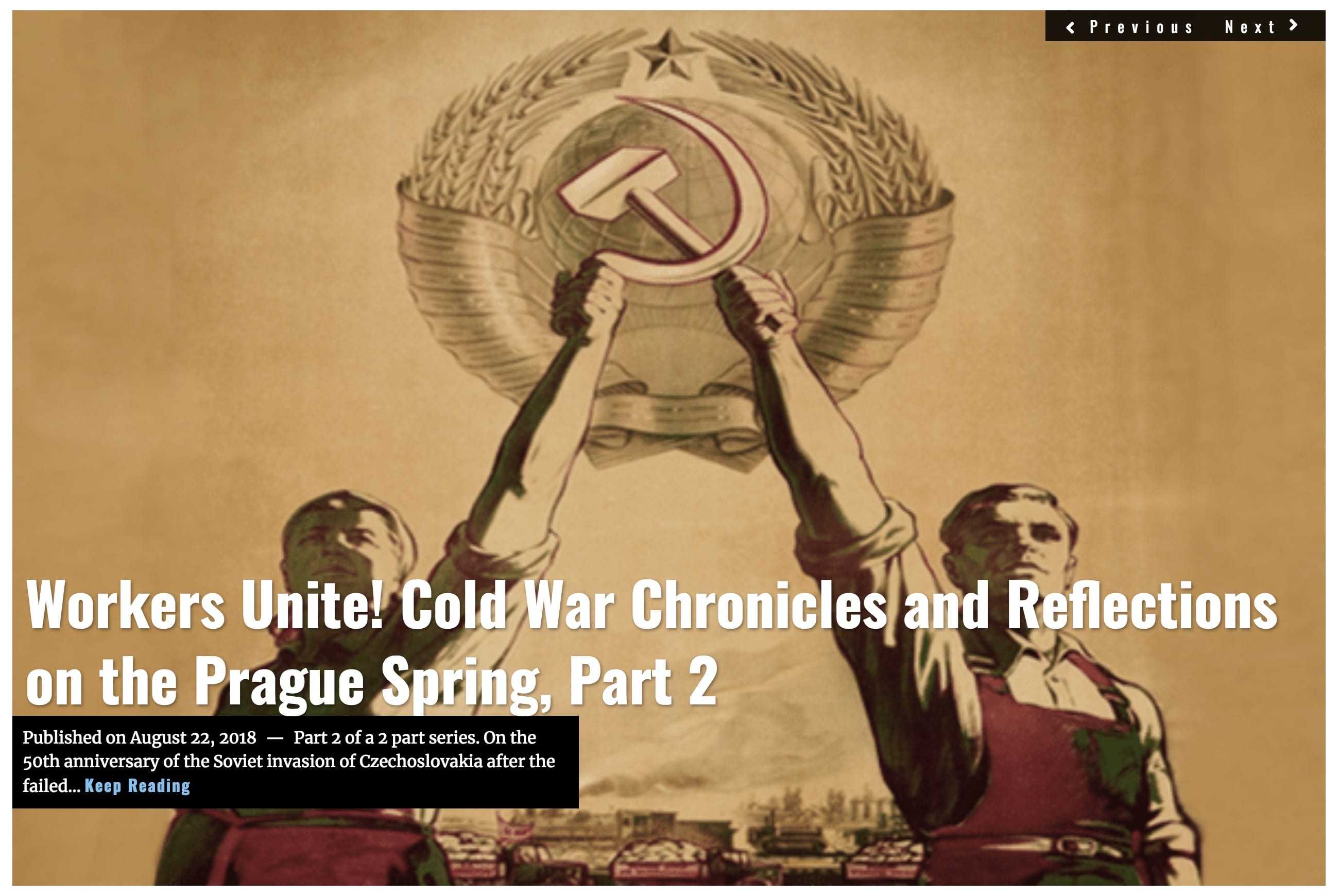
![Image The Arabs - a "Manufactured" People? [Lima Charlie News]](https://limacharlienews.com/wp-content/uploads/2018/12/Arabs-A-Manufactured-People-Lima-Charlie-News-480x384.png)
![Image Welcome to Jordan! A Return of Hope and Dignity [Lima Charlie News]](https://limacharlienews.com/wp-content/uploads/2018/10/Welcome-to-Jordan-480x384.png)
![Image Welcome to Jordan! A Den of Spies and Fajitas for Dinner [Lima Charlie News]](https://limacharlienews.com/wp-content/uploads/2018/09/Welcome-to-Jordan-A-Den-of-Spies-and-Fajitas-for-Dinner-480x384.png)





![Image The Arabs - a "Manufactured" People? [Lima Charlie News]](https://limacharlienews.com/wp-content/uploads/2018/12/Arabs-A-Manufactured-People-Lima-Charlie-News-150x100.png)
![Image Welcome to Jordan! A Return of Hope and Dignity [Lima Charlie News]](https://limacharlienews.com/wp-content/uploads/2018/10/Welcome-to-Jordan-150x100.png)